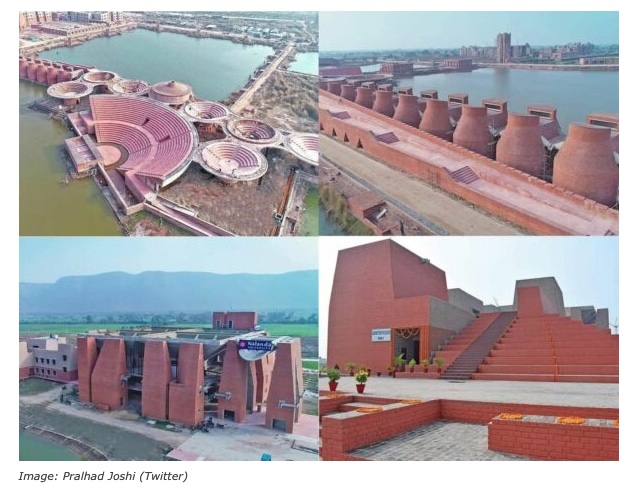INDIA, July 24, 2022 (Hindu Post): Nalanda was the world’s leading education center for centuries, long before Cambridge and Oxford were even architectural designs on a map. Providing rich and valuable information and knowledge to thousands of Bhartiya students and students from all over Asia- Tibet, China, Korea, Vietnam, etc.- to study at this prestigious institution. Nalanda is described in Jain and Buddhist texts as a sacred space. Renowned Archeologist KK Muhammad, said, “Seven-eight hundred years before the modern universities in the West were built, you had a bigger university in Bharat, where students came not only from the Bhartiya subcontinent….but from several other countries, from Japan, China.” Nalanda University has been documented as an open school of discussions. Scholars would hold frequent arguments and study Buddhist and Hindu scripture studies. Nalanda University remained one of Asia’s most popular educational spots for many centuries but there was a decline in the footfall of students after the Islamic invasion. It is known that Nalanda was destroyed three times. It was ransacked and ruined during the reign of Delhi Sultanate’s Bakhtiyar Khilji, in 1193.
The idea of reconstructing the Nalanda University was first mooted by former President, APJ Abdul Kalam in 2006. Subsequently, many countries in Asia and many Asian summits and committees proposed the reconstruction of Nalanda to the government of Bharat. The Nalanda University Act, 2010 was passed in both houses of the parliament, and 450 acres of land (planned for an eventual 7000 population) at the base of Rajgir Hills was identified and acquired for its construction. The center has full ownership of the university. Gopa Sabharwal, the former Vice Chancellor of Nalanda, said that one of the biggest challenges would be establishing a modern university in the 21st century while maintaining its original heritage. She said, “The reconciliation of the historical with the contemporary is being done at many levels and in many ways – in the physical structure, in the ideas that guide the choice of the schools, the curriculum’s focus areas, and so forth. Hence interdisciplinarity, inter-Asian linkages, and a connection with the immediate surroundings are the guiding principles of the university,”
More at source.
https://hindupost.in/history/reviving-the-glory-of-nalanda-university/
A daily summary of world news for Hindus and non-Hindus alike

